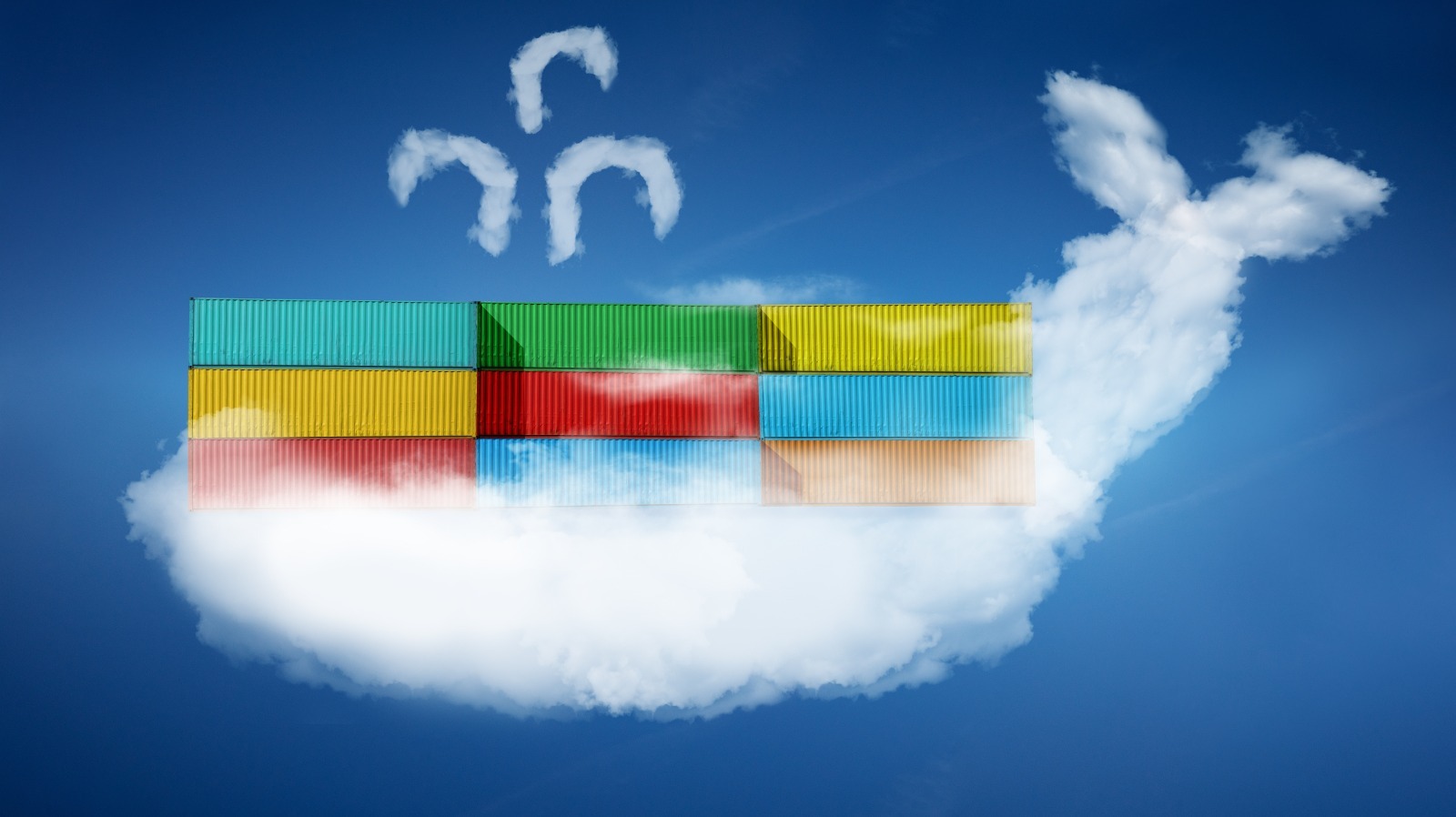Those familiar with virtual machines will appreciate the sheer amount of convenience they bring in the field of testing and development. Working in an isolated environment not only grants you access to specific architecture, but also makes debugging and recovery significantly easier in case things go south, since your host machine remains unaffected. VMs are also a great way to steer away from common mediums of malware transmission on desktop PCs.
Advertisement
A virtual machine still requires you to install an entire operating system, like Linux Mint, to yield the most benefits, and this consumes a good chunk of your system resources, including CPU, GPU, RAM, and storage. This is where Docker comes in and provides developers a way to test, code, and ship apps in an environment that closely mimics how a virtual machine works, but without enforcing the installation of a fully-fledged OS.
Docker utilizes containers, that are essentially standardized units of software that are lightweight, yet self-sufficient. Each container shares the OS kernel, meaning it doesn’t ask for nearly as much horsepower to host apps. Docker containers include system libraries, code, runtime, and other dependencies required to run the app they are tasked with holding. All of this is possible thanks to the Docker Engine — and here’s the secret sauce behind it.
Advertisement
Docker itself refers to the platform that hosts all the services that make it possible for developers to utilize the software to ease their workload. On the other hand, the Docker Engine is a component of Docker that oversees the functionality of the containerization process.
Advertisement
Mainly, the Docker Engine is composed of the following components:
Docker Daemon, dubbed dockerd, is responsible for handling various Docker components such as images, containers, and volumes. It runs in the background on the host machine and listens for API requests.
Docker APIs, or Application Programming Interfaces, enable the communication between various tools and the daemon, which is how tasks are automated and executed.
Docker CLI, or the command line interface, is how one would interact with the daemon to issue commands and initiate API calls.
Together, these components form the backbone of the Docker Engine, enabling users to then use its various other tools. Docker Images are essentially read-only templates that can then be tweaked to create Docker Containers — which in turn are used to run applications in an isolated environment.
Given the design of containers, any data stored in them is lost when they are deleted. Docker Volumes allow important data to be stored on a more permanent basis, and this data can then be shared across multiple containers. All of these work hand in hand to ensure a flexible working environment for developers.
